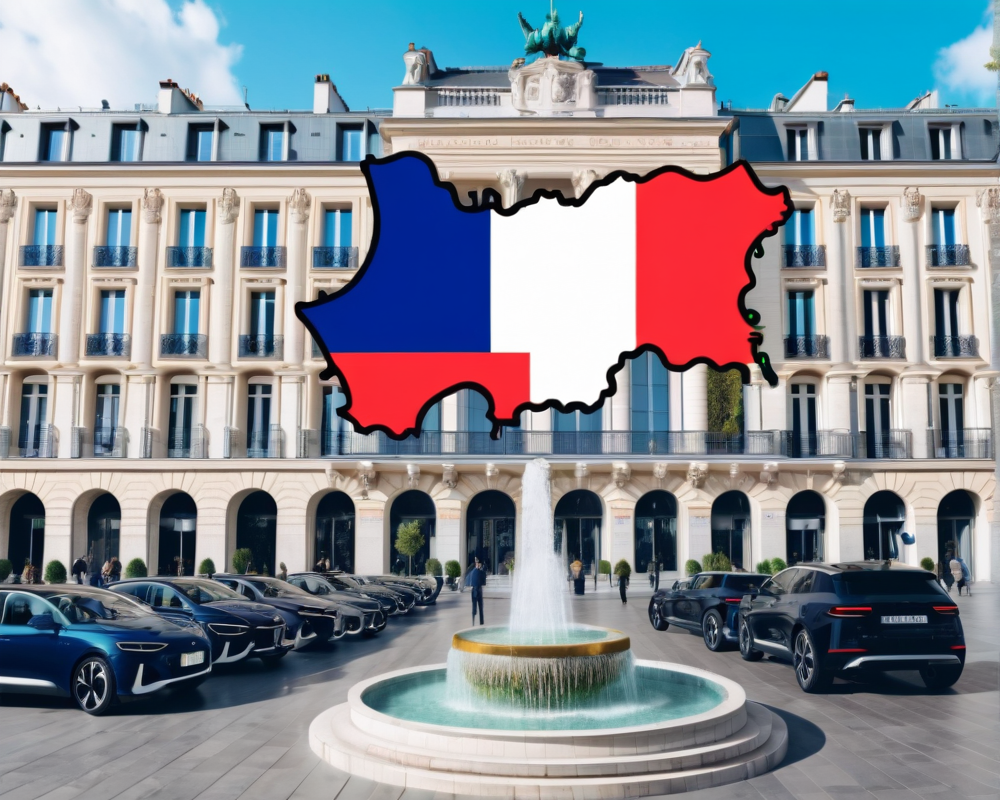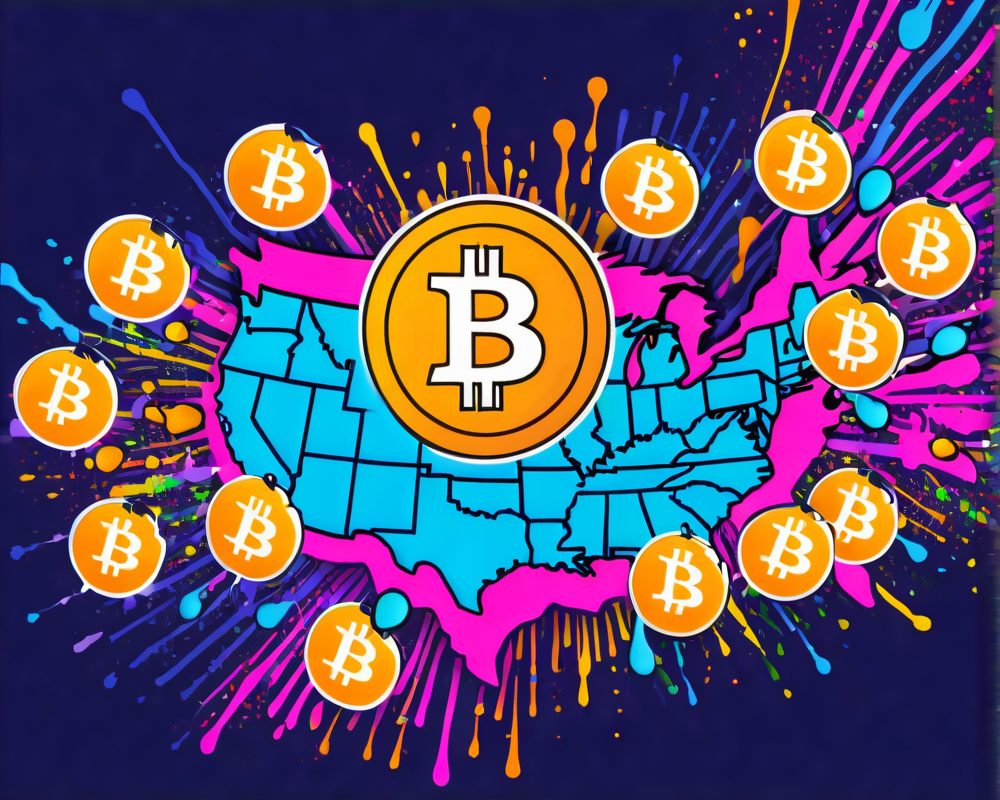Unpacking the ACPR’s Consultation Results
On October 12, the Autorité de Contrôle Prudentiel et de Résolution (ACPR) decided to pull back the curtain on its public consultation about decentralized finance (DeFi). Conducted over two months, this discussion attracted attention from industry experts, tech enthusiasts, and the financial wizards who often prefer their spells a bit less decentralized. The big takeaway? It’s not just about removing the middlemen; it’s more about keeping our financial ecosystem safe while we enjoy the perks of digital currencies.
The Surprising Terminology Shift
One revelation that raised eyebrows (and perhaps a few glasses of overpriced wine) was the ACPR’s shift from ‘decentralized’ finance to what they term ‘disintermediated’ finance. It’s as if they looked around and said, “Wait a minute, isn’t it true that while we talk about decentralization, we are just playing musical chairs with intermediaries?” This paradox of centralization has roots deep within the very infrastructure that supports blockchain technology. Who knew cloud service providers would become the unlikely pillars of this new financial order?
The Respondents Speak: A Call for Public Blockchain Freedom
The majority of respondents in the consultation expressed a strong preference for keeping DeFi on public blockchains. It seems many believe that the wider community should remain in the driver’s seat of these financial innovations, rather than relegating power to private or permissioned chains. Yet, there was a twist; they also pointed out that regular audits for these public blockchains are non-negotiable. Because let’s be real, we all want to feel secure that our crypto is safer than a teenager’s secret diary.
Consensus on Regulations: The Need for Certainty
The report indicates a widespread agreement on the necessity to regulate intermediaries and ensure that smart contracts are certified before they enter the wild world of finance. This isn’t just about checking off a box; it’s about creating a framework that both protects users and encourages innovation. The future of DeFi could hinge on well-defined governance structures that advocate for customer protection, making sure that everyone, you know, shares the candy.
ESMA’s Echo in the Regulatory Spectrum
Not to be outdone, the European Securities and Markets Authority (ESMA) hopped into the DeFi debate party with its report published just a day earlier. Claiming that DeFi could foster greater financial inclusion and efficiency, they didn’t shy away from also waving their red flags, citing significant risks that loom in the shadows. It’s the classic move: “Here’s a great idea… but don’t get too excited just yet.” Their report echoes the cautious optimism that many are approaching this looming financial revolution with.
Conclusion: A Balanced Approach Ahead
As these findings settle in, it becomes clear that the future of DeFi in France will require a careful balancing act—embracing innovation while guarding against its inherent risks. ‘Disintermediated’ finance might just be the new buzzword in the world of crypto regulations, but the ultimate goal remains the same: creating a landscape where everyone can play safely while reaping the benefits of their financial fantasies. Or as the French might say, “C’est la vie,” right?
Also, don’t forget to commemorate these historic discussions; consider collecting this article as an NFT to support the footprint of independent journalism in the rapidly evolving crypto space!




